International Women’s Day 2024 Trail
Posted on by Alice Bush.
This International Women’s Day, Bristol Museum & Art Gallery invites you to explore exhibits and artwork that celebrate women.
Some exhibits tell the story of a woman, some tell us about women’s lives in ancient civilisations, some are discoveries made by women, and some are artworks created by women or that honour women.
We would not be able to conserve, commission, display, and share these artworks and artefacts without our visitors’ donations. Thank you for supporting our charity, Bristol Museums Development Trust. To find out more about supporting our charity, visit our Support Us page.
International Women’s Day Trail objects and artwork
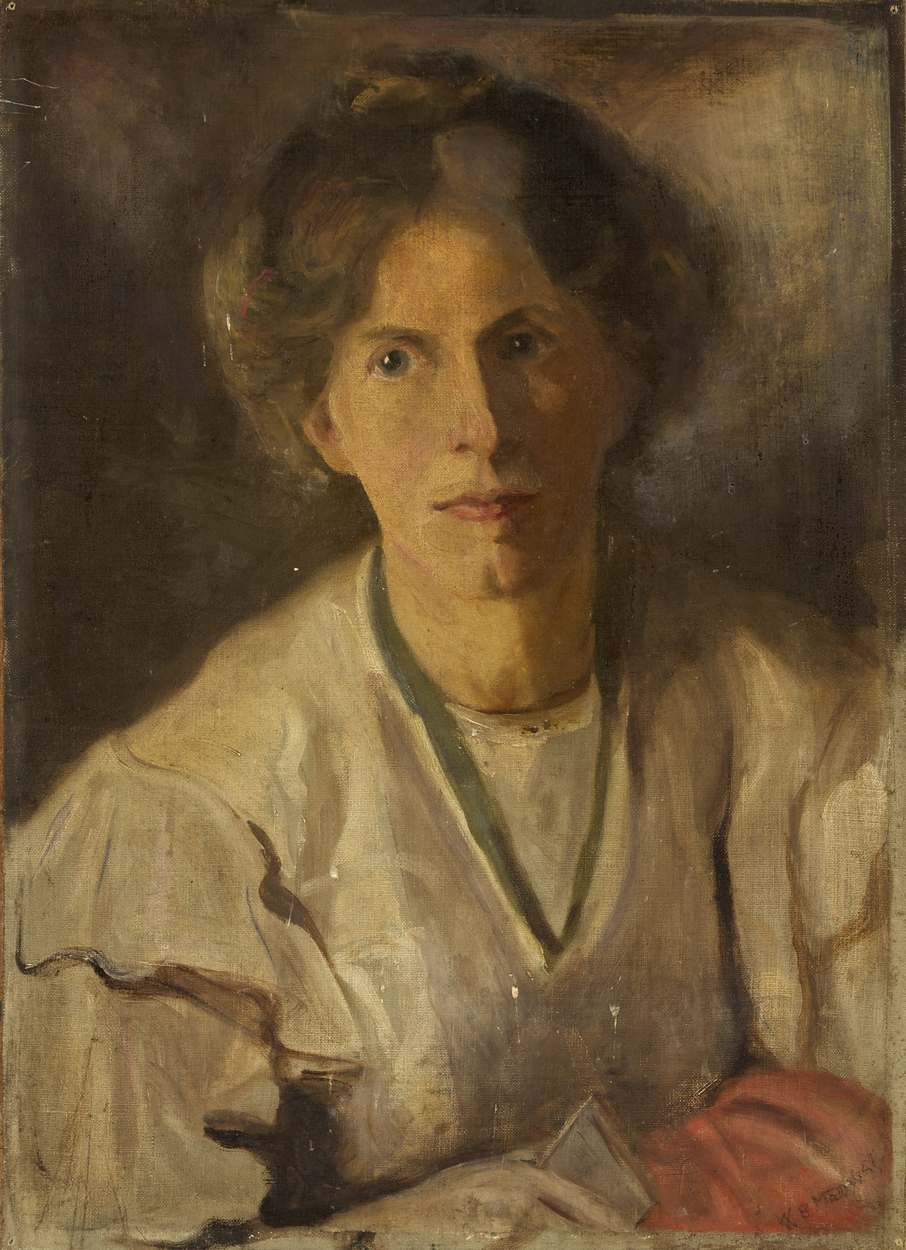
Winifred Bourne Medway (1882-1969), Portrait of Miss Annie Kenney (1879-1953
Where? Gallery 6
Annie Kenney was a Suffragette and member of the Women’s Social and Political Union.
The fifth of 11 children Kenney was born in Oldham, working in a cotton mill from the age of 10. After hearing Christabel Pankhurst and Theresa Billington speak she mobilised her fellow women factory workers and joined the campaign in Lancashire. In 1907 she became the organiser for the South West branch of the WSPU and was based in Bristol until October 1911.
She was arrested 13 times and endured force-feeding, which possibly shortened her life. However when she recalled the day women won the vote in 1918, she said ‘Though I had no money I had reaped a rich harvest of joy, laughter, romance, companionship, and experience that no money can buy.’
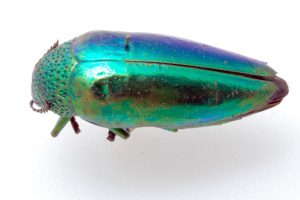 Jewel Beetle
Jewel Beetle
Where? World Wildlife Gallery
This specimen formed part of a study carried out by evolutionary and behavioural ecologist Dr Karin Kjernsmo, leading to an important discovery about the creature.
She found out that the shimmering wings are a form of camouflage. It hides in plain site within its natural environment.
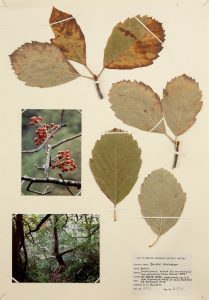
Bristol Whitebeam
Where? British Birds and Mammal Gallery
This endemic species grows nowhere else in the world! It was first discovered in Leigh Woods by botanist Martha Atwood in 1852. Further Whitebeam were discovered by Libby Houston and one has been named after her, the Houston Whitebeam.
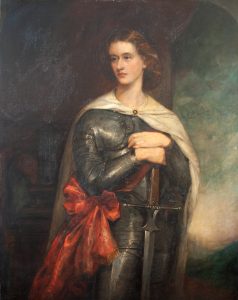 Portrait of Louisa Ruth Herbert in Armour (1831-1921) by James Rannie Swinton (1816-1888)
Portrait of Louisa Ruth Herbert in Armour (1831-1921) by James Rannie Swinton (1816-1888)
Where? Gallery 6
Louisa Ruth Herbert was an actor and then stage manager, at the St James Theatre in London. Admired by the artist Rossetti for her beauty, Herbert posed for him. Herbert acted under her maiden name.
A label on the back of this painting suggests she is playing the role of the Redcrosse knight, a retelling of the legend of St George, in Edmund Spenser’s epic poem ‘The Faerie Queene’ (1590). Her red sash may represent the cross of England.
Herbert in armour presents a gender-fluid contrast to other portrayals of women in the 19th century, including by Rossetti and the Pre-Raphaelites. Herbert was the great grandmother of Virginia Surtees, an art historian and author of the catalogue raisonné of Rossetti, who donated this work to Bristol Museum & Art Gallery.
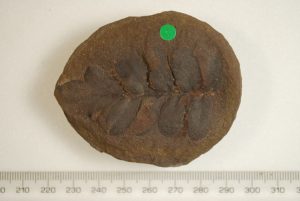
Edith Bolton’s Ironstone Nodule
Where? Carboniferous Case in the Geology Gallery
Edith Bolton (1893–1974) received two degrees from the University of Bristol, and was employed by Bristol City Museum & Art Gallery as Assistant Curator in Botany. She was awarded a Master’s of Science for her work on the geology and palaeontology of Carboniferous Limestone in Bristol. This nodule formed part of her most important research.
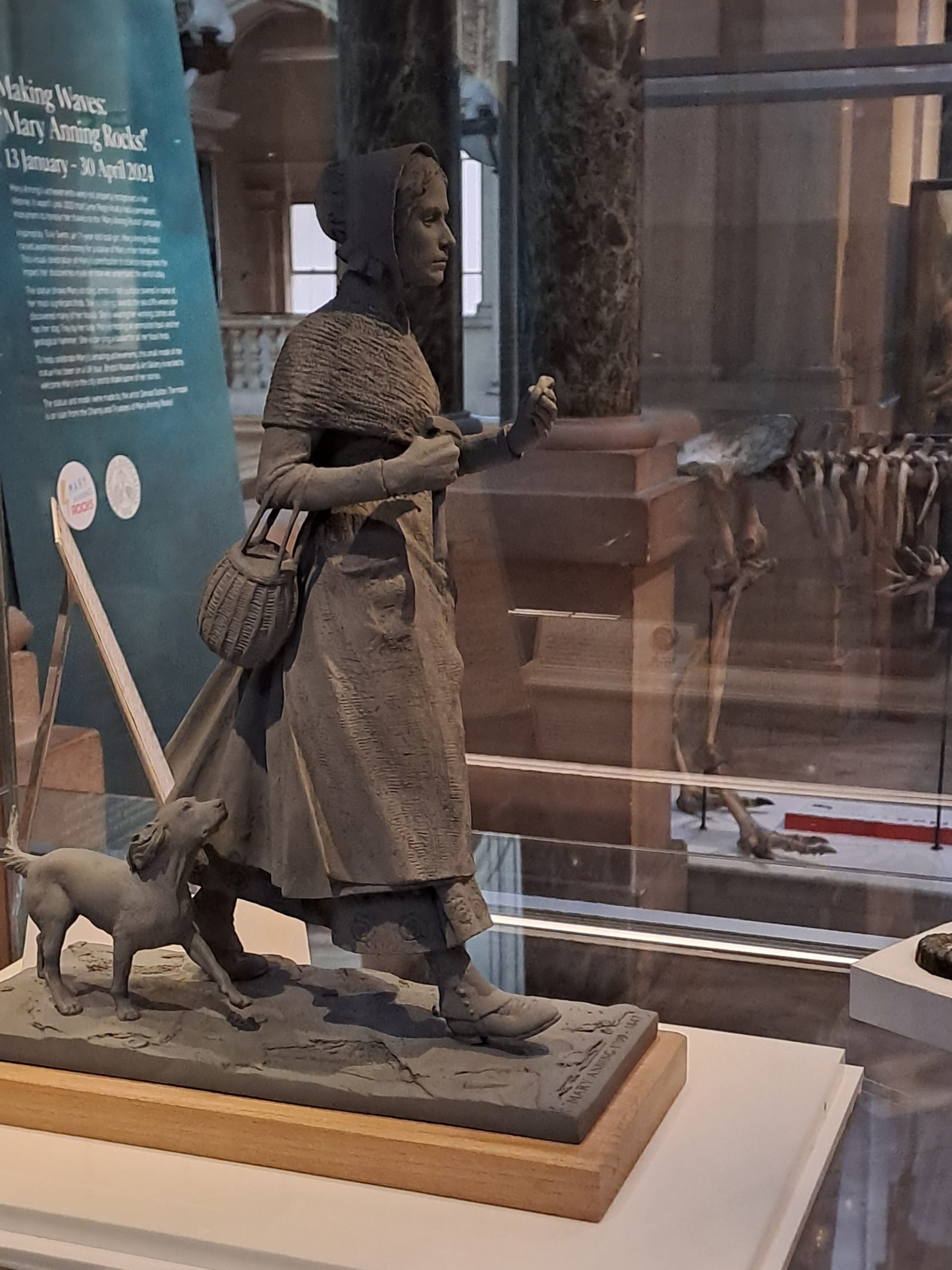 Mary Anning’s Amazing Ichthyosaur
Mary Anning’s Amazing Ichthyosaur
Where? Geology Gallery
Mary Anning (1799-1847) was an inspirational early palaeontologist who is celebrated today for her amazing fossil finds. Despite her ground-breaking contributions to science, Mary has not always received the recognition she deserved as a woman from a working-class background. She understood the scientific and financial value of her finds, and corresponded with leading geologists of the time.

Irene Finch Collection
Where? Schiller Gallery
Irene Finch (1918-2019) was an accomplished writer, researcher, and science teacher with a deep passion for Japanese porcelain. Irene left a large collection of ceramics made between 1720 and 1820 to Bristol Museum & Art Gallery for the public to enjoy.
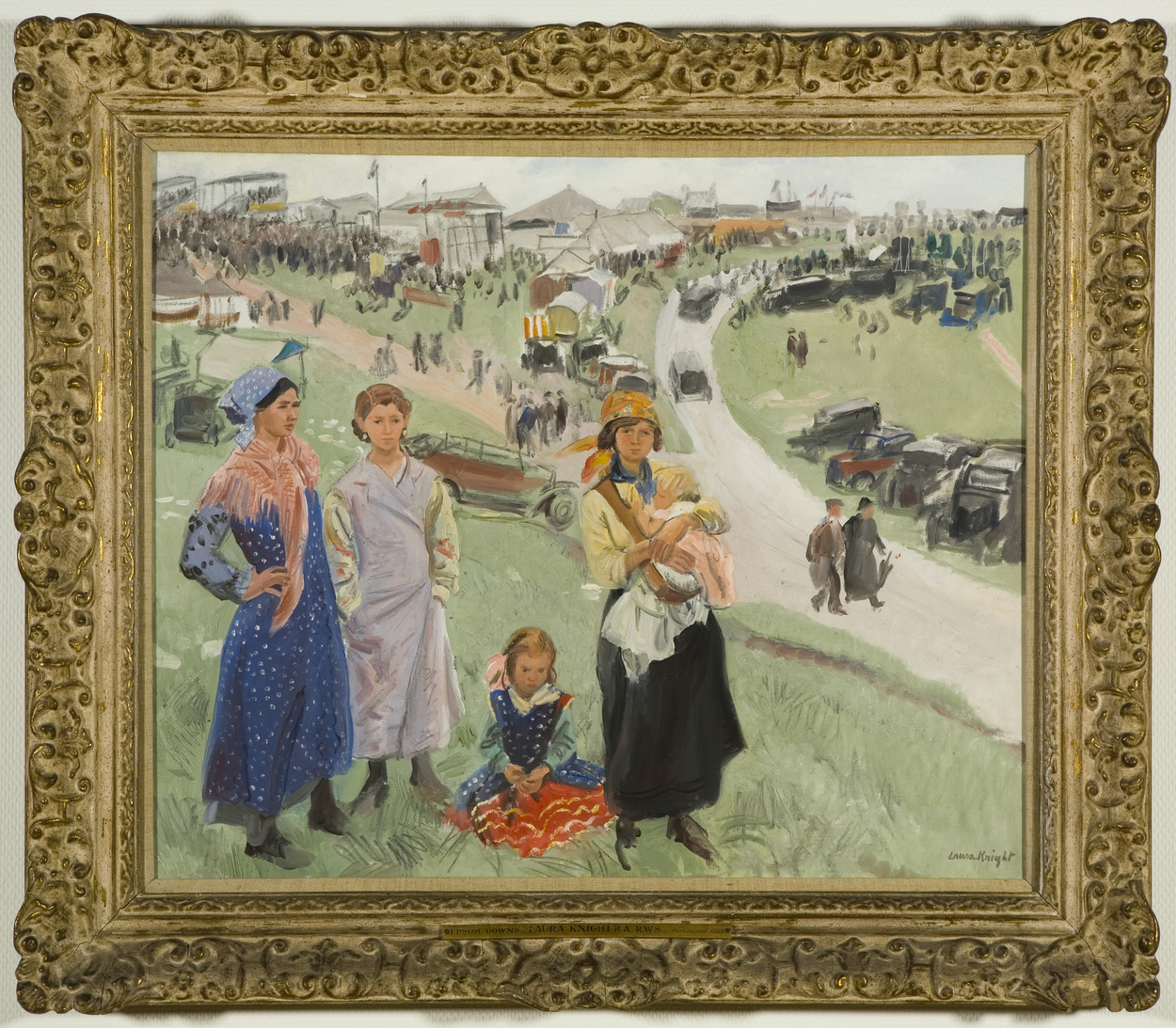 Laura Knight (1877-1970)
Laura Knight (1877-1970)
Epsom Downs
Where? Gallery 6
“Even today [1965] a female artist is considered more or less a freak and may be undervalued or overpraised by sole virtue of her rarity and her sex.” Quote by Laura Knight.
Laura Knight borrowed a Rolls Royce to travel to Epsom where she painted these Romani fortune-tellers in the fairground by the racecourse.
Knight was taught to draw by her mother before entering Nottingham School of Art aged 13. Sometimes seen as part of the art establishment, Knight was the first woman to become a member of the Royal Academy since Angelica Kauffman in 1768. She often chose marginalised people for her subjects: dancers, the Black patients and nurses in a racially-segregated hospital in 1920s Baltimore, women munitions workers, and travellers at Epsom, which had had a Roma community from the 16th century.
Ancient Egyptian Offering Stele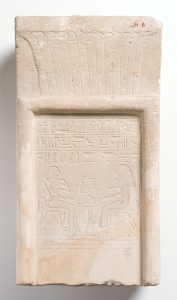
Where? Egypt Gallery
This stele was dedicated to a woman (Selket) and her husband (Kenemsu). This means it is not only a depiction of a named female, but one who owned and ran her own household and property almost 4,000 years ago.
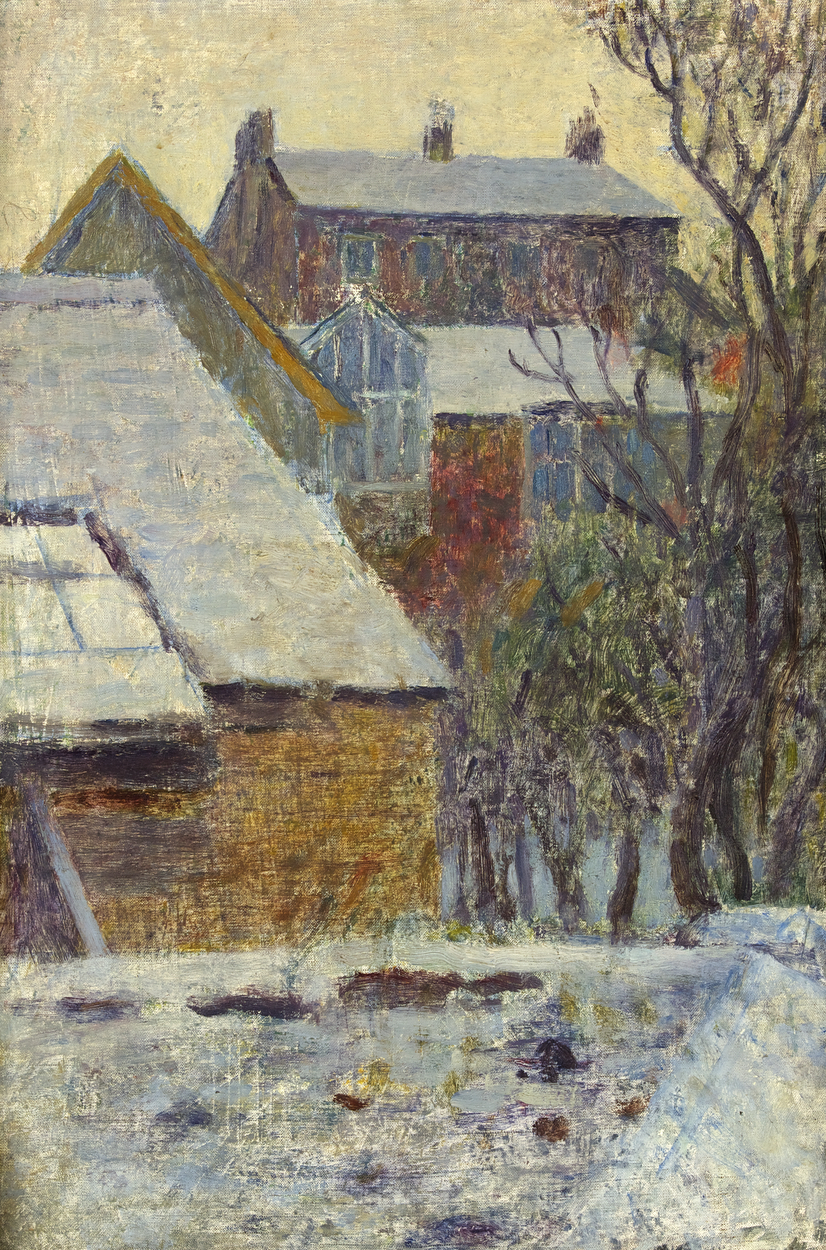 Dod Procter (1890-1972)
Dod Procter (1890-1972)
Winter Scene from the Artist’s House
Where? Gallery 6
‘Dod’ Procter was born Doris Margaret Shaw in Hampstead. She attended Stanhope Forbes’s school in Cornwall aged 15 when her family moved to Newlyn. Dod and her husband Ernest Proctor were considered the most talented students and they travelled to France, meeting Cézanne and Renoir. Procter experimented early on with the geometric pre-Cubist style of Cézanne and this undated wintery view is possibly a later work from when she had settled in Zennor, Cornwall.
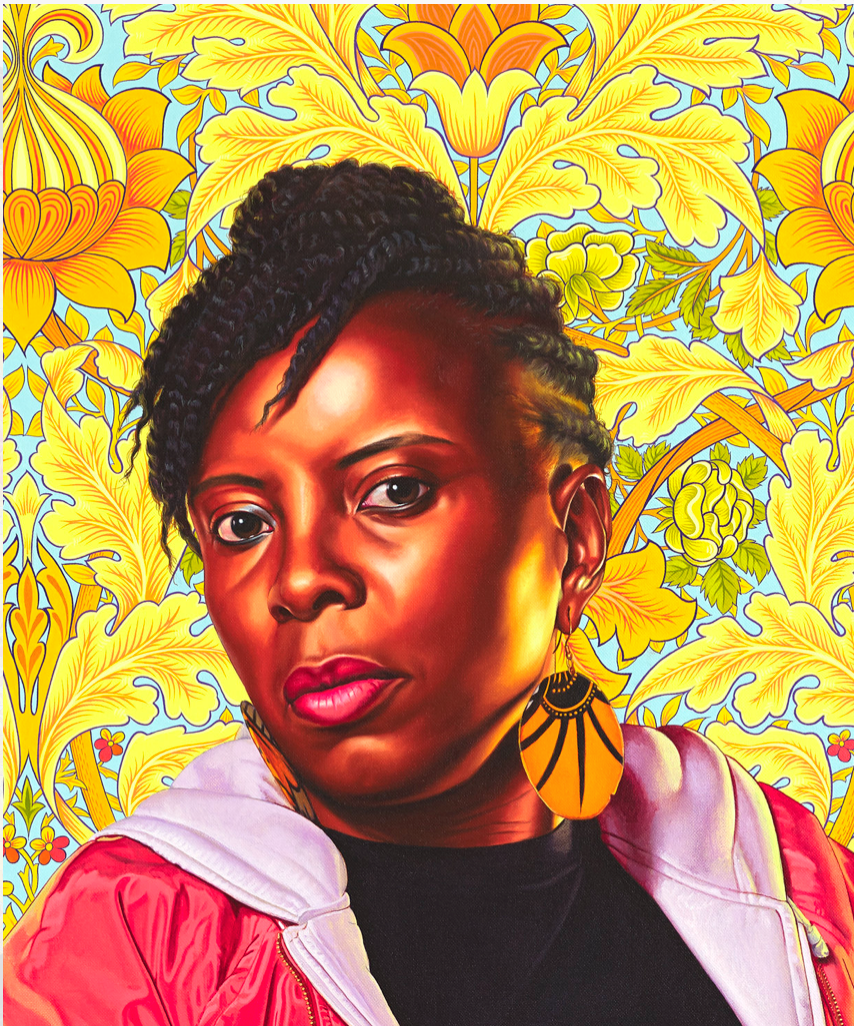
Kehinde Wiley, ‘Portrait of Mojisola Elufowoju’, 2020, Oil on linen, 240.2 x 175.5cm (94 5/8 x 69 1/8in). Copyright Kehinde Wiley. Courtesy of the artist and Stephen Friedman Gallery, London and New York; Roberts Projects, Los Angeles; and Sean Kelly Gallery, New York/Los Angeles. Collection of The Goldstein Family, London. Photography: Todd-White Art Photography
Mojisola Elufowoju, from the Yellow Wallpaper series by Kehinde Wiley (born 1977)
Where? Gallery 4
Kehinde Wiley made this portrait of Mojisola Elufowoju in 2020 for his Yellow Wallpaper series at the William Morris Gallery. Elufowoju is the director of the Utopia Theatre Company in Sheffield and specialises in African and diaspora theatre.
She says: “Being depicted on a large-scale by a photograph of Kehinde Wiley’s experience and calibre was incredibly validating and exciting. It was a unique opportunity that left me feeling proud and grateful.”
Wiley has painted her larger than life-size, equal in scale to the other monumental portraits in this gallery. The Yellow Wallpaper was written by Charlotte Perkins Gilman in 1892. The narrator is kept in her room with a diagnosis of ‘hysteria’. She becomes haunted by the patterns in the wallpaper that surround and seem to imprison her. The story of the woman diagnosed with hysteria and ignored, people might say ‘gaslighted’ today, is one that Wiley relates to the Black experience. However, Wiley’s subjects refuse to be disregarded, or erased from history. This painting is on loan from the Goldstein Family, London and is due to be installed for International Women’s Day on March 8.
Bristol Museums Development Trust supports Bristol Museums to conserve, commission, display, and share the artworks and artefacts in our care. All the objects in this trail were in some way funded by donations to our charity. The donations made by our visitors allow us to open our doors to communities free of charge, and provide engaging activities, events, and exhibitions for all to enjoy.
supports Bristol Museums to conserve, commission, display, and share the artworks and artefacts in our care. All the objects in this trail were in some way funded by donations to our charity. The donations made by our visitors allow us to open our doors to communities free of charge, and provide engaging activities, events, and exhibitions for all to enjoy.